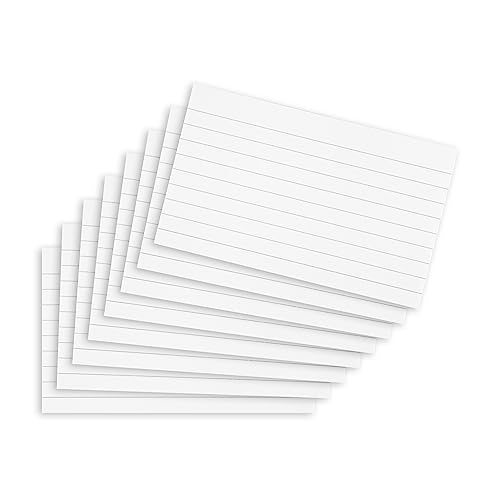The Metric Size of an Index Card
An index card is a small piece of cardstock or stiff paper used for recording and organizing information. They have been in use since the early 19th century, and the size of index cards has remained fairly consistent throughout history. The most common size for index cards in the United States is 3 inches by 5 inches, but what is the metric size of an index card? Let’s find out!
The Standard US Size of an Index Card
Before we dive into the metric measurements, let’s first establish the standard size of an index card in the United States. As mentioned earlier, the most common size for an index card is 3 inches by 5 inches. This size is also known as a 3×5 index card and is widely used in offices, schools, and homes.
The Metric Measurement of a 3×5 Index Card
Now, let’s get to the metric measurements of a 3×5 index card. The size 3 inches by 5 inches converts to 76.2 millimeters by 127 millimeters. Therefore, the metric size of an index card that is 3 inches by 5 inches is 76.2mm by 127mm. It is important to note that this measurement is not an industry standard, and the actual size may vary slightly depending on the manufacturer.
Alternative Sizes of Index Cards
While a 3×5 index card is common in the United States, other countries may have different standard sizes or use different units of measurement. For example, in Europe, the A7 size index card measuring 74mm by 105mm is commonly used. Another size option is the 4×6 index card, which converts to 101.6mm by 152.4mm. It’s essential to keep in mind that adaptability is crucial when dealing with international businesses or studying abroad.
Uses of Index Cards
Index cards are versatile tools and have a wide range of uses. Some common uses include taking notes, creating flashcards, making to-do lists, organizing research, and keeping track of information. They are also commonly used in business settings, such as for taking meeting minutes, recording customer orders, and keeping track of inventory. Their small size and portability make them a practical and cost-effective tool for many purposes.






